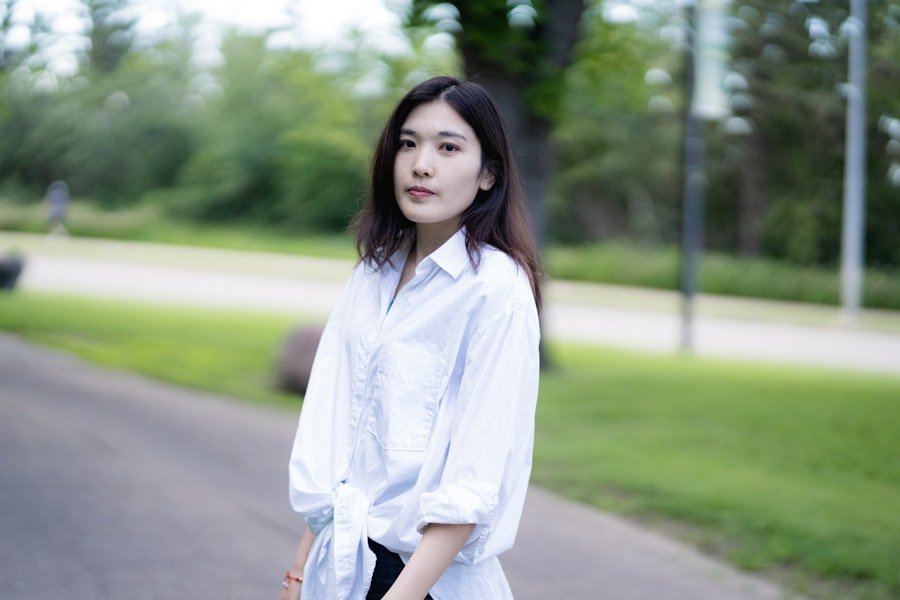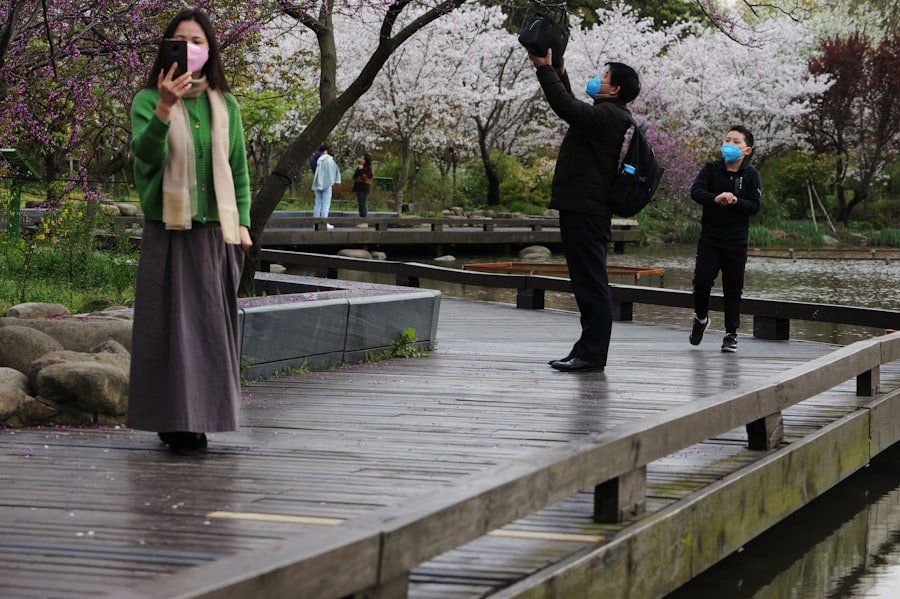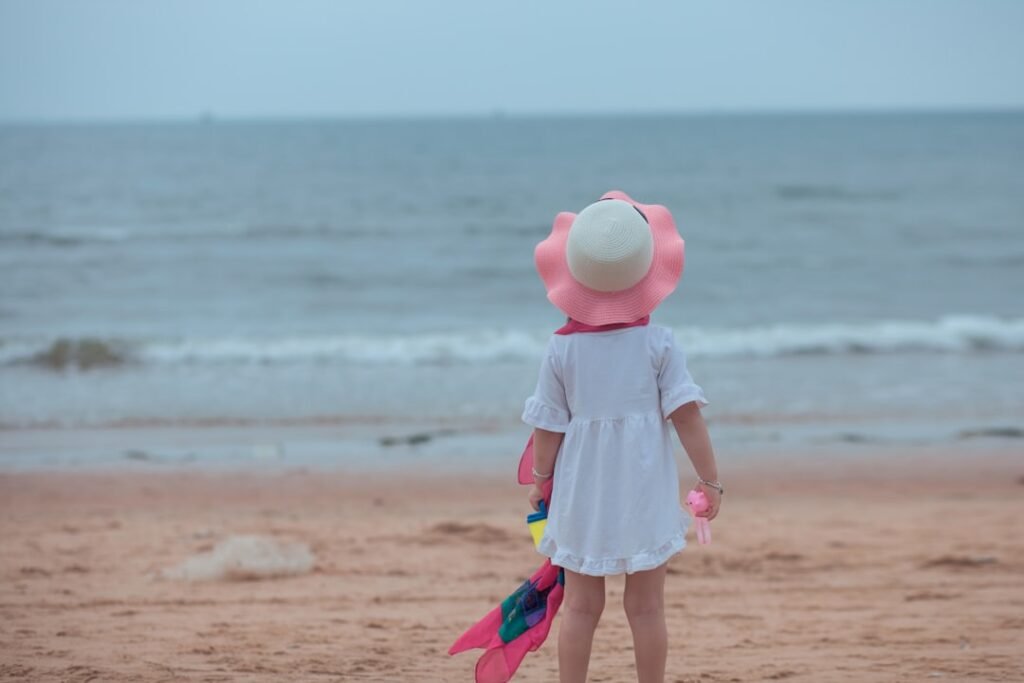Winter holds a profound significance in Chinese culture, symbolising not only the end of the year but also a time for reflection and renewal. In traditional Chinese philosophy, winter is associated with the element of water and the yin energy, which embodies qualities such as introspection, rest, and conservation. This season is seen as a period of dormancy, where nature retreats and prepares for the rebirth that spring will bring.
The cold months encourage individuals to turn inward, fostering a sense of tranquillity and contemplation. It is during this time that families often gather to share stories and strengthen their bonds, reinforcing the importance of unity and togetherness. Moreover, winter is a time for various cultural practices that highlight the importance of harmony with nature.
The changing seasons are deeply intertwined with agricultural cycles, and winter signifies a pause before the renewal of life in spring. This cyclical understanding of time encourages respect for the natural world and an appreciation for the rhythms of life. In many ways, winter serves as a reminder of the balance between activity and rest, urging individuals to embrace both aspects in their lives.
As such, winter is not merely a season of cold; it is a vital part of the cultural fabric that shapes Chinese identity. Spaces are filling up fast! Register your child for Chinese Winter Camp at the LC Chinese School in Oslo today.
Table of Contents
ToggleSummary
- Winter is a time of reflection and introspection in Chinese culture, symbolizing the end of a cycle and the beginning of a new one.
- Traditional Chinese Winter Festivals such as the Spring Festival and Lantern Festival are celebrated with family gatherings, feasting, and colourful lantern displays.
- Chinese cuisine offers a variety of warming winter foods and drinks such as hot pot, dumplings, and ginger tea, believed to nourish and protect the body during the cold season.
- Dressing for winter in Chinese fashion involves layering, using warm fabrics like wool and fur, and incorporating traditional elements such as embroidery and intricate patterns.
- Winter activities and sports in Chinese tradition include ice skating, skiing, and the ancient art of falconry, providing both entertainment and physical exercise during the colder months.
Traditional Chinese Winter Festivals
Among the most celebrated events during winter in China is the Winter Solstice Festival, known as Dongzhi. This festival marks the longest night of the year and has been observed for centuries, reflecting the deep-rooted belief in the cyclical nature of life. Families come together to celebrate this occasion by preparing special foods, particularly tangyuan, which are glutinous rice balls symbolising reunion and harmony.
The act of gathering around the table to enjoy these delicacies reinforces familial ties and highlights the importance of togetherness during this season. Another significant winter festival is the Chinese New Year, which typically falls between late January and mid-February. This vibrant celebration marks the beginning of a new lunar year and is steeped in rich traditions and customs.
Preparations for the New Year often begin weeks in advance, with families cleaning their homes to sweep away bad luck and making offerings to ancestors. The festivities culminate in lively celebrations filled with fireworks, lion dances, and family reunions. Each aspect of the New Year celebration is imbued with symbolism, reflecting hopes for prosperity, health, and happiness in the coming year.
Winter Foods and Drinks in Chinese Cuisine

Winter cuisine in China is characterised by hearty dishes that provide warmth and nourishment during the cold months. One of the most beloved winter foods is hot pot, a communal dining experience where diners cook various ingredients in a simmering pot of broth at the table. This interactive meal not only warms the body but also fosters social connections among family and friends.
The variety of ingredients used in hot pot—from thinly sliced meats to fresh vegetables—allows for personalisation, making it a favourite choice during winter gatherings. In addition to hot pot, winter is also a time for comforting soups and stews that are rich in flavour and nutrients. Dishes such as lamb stew or chicken soup with ginseng are popular choices, believed to provide warmth and bolster immunity during the colder months.
Furthermore, traditional drinks like ginger tea or warm rice wine are often enjoyed to stave off the chill. These beverages not only offer physical warmth but also evoke feelings of nostalgia and comfort, reminding individuals of family traditions passed down through generations.
Dressing for Winter in Chinese Fashion
As temperatures drop, traditional Chinese fashion adapts to provide both warmth and style. The use of layered clothing is common during winter months, with garments made from materials such as silk, wool, and cotton being favoured for their insulation properties. The qipao, or cheongsam, often made from thicker fabrics during winter, showcases intricate designs and patterns that reflect cultural heritage while providing warmth.
These garments are typically adorned with beautiful embroidery or embellishments that add a touch of elegance to winter attire. In addition to traditional clothing, accessories play a crucial role in winter fashion. Scarves, hats, and gloves are often crafted from luxurious materials like cashmere or silk to provide both comfort and style.
The colour palette during winter tends to shift towards deeper hues such as burgundy, navy blue, and forest green, evoking a sense of warmth amidst the cold. Furthermore, traditional footwear like embroidered boots not only keeps feet warm but also adds an element of cultural significance to winter outfits.
Winter Activities and Sports in Chinese Tradition
Winter in China offers a plethora of activities that embrace both tradition and recreation. One popular pastime is ice skating on frozen lakes or rivers, a practice that dates back centuries. In northern regions like Harbin, elaborate ice sculptures are created for festivals, attracting visitors from around the world.
These artistic displays highlight the creativity and craftsmanship inherent in Chinese culture while providing an opportunity for families to enjoy outdoor activities together. Skiing has also gained popularity in recent years, particularly as China invests in winter sports infrastructure ahead of events like the Winter Olympics. Ski resorts have sprung up across various regions, offering both locals and tourists a chance to experience the thrill of skiing amidst stunning landscapes.
These activities not only promote physical fitness but also encourage a connection with nature during the serene winter months.
Decorate Your Home with Chinese Winter Symbols

As winter approaches, many families engage in decorating their homes with symbols that embody good fortune and prosperity. Red lanterns are commonly hung to ward off evil spirits and invite positive energy into the home. Additionally, decorations featuring auspicious symbols such as fish (representing abundance) or pine trees (symbolising longevity) are often displayed prominently during this season.
The practice of hanging couplets—poetic phrases written on red paper—at doorways is another cherished tradition during winter festivities. These couplets express wishes for happiness and success in the coming year while adding a festive touch to homes. The act of decorating not only enhances the aesthetic appeal of living spaces but also serves as a reminder of cultural values and aspirations for the future.
Winter Wellness Practices in Chinese Medicine
In traditional Chinese medicine (TCM), winter is viewed as a time for nurturing one’s health through specific practices aimed at maintaining balance within the body. Emphasis is placed on nourishing the kidneys, which are believed to be particularly vulnerable during this season due to their association with coldness. Consuming warming foods such as black beans or walnuts is encouraged to support kidney health and overall vitality.
Additionally, practices such as acupuncture and herbal remedies are commonly employed to combat winter ailments like colds or flu. TCM practitioners often recommend herbal teas infused with ginger or cinnamon to promote circulation and warmth within the body. Furthermore, gentle exercises like tai chi or qigong are practised to enhance energy flow while fostering relaxation—a perfect antidote to the stresses that can arise during this busy season.
Chinese Winter Folklore and Legends
Winter is rich with folklore and legends that reflect cultural beliefs and values passed down through generations. One popular tale is that of Nian, a mythical beast that would emerge at the end of each year to terrorise villages. To ward off Nian’s wrath, villagers would decorate their homes with red banners and set off firecrackers—traditions that continue today during Chinese New Year celebrations.
This legend serves as a reminder of resilience in the face of adversity and highlights the importance of community solidarity. Another enchanting story is that of the Snow Maiden (Xue Yao), who embodies purity and beauty amidst the harshness of winter. Her tale often revolves around themes of love and sacrifice, illustrating how even in the coldest seasons, warmth can be found through human connection.
These stories not only entertain but also impart moral lessons that resonate deeply within Chinese culture.
Celebrating Winter with Chinese Performing Arts
Winter provides an opportunity for vibrant expressions of culture through various performing arts that celebrate this season’s spirit. Traditional performances such as lion dances or dragon dances are commonly featured during festivals like Chinese New Year, captivating audiences with their energetic movements and colourful costumes. These performances are not merely entertainment; they embody cultural heritage while invoking blessings for prosperity and good fortune.
Additionally, winter-themed operas or theatrical performances often take centre stage during this season, showcasing stories that resonate with themes of family unity or overcoming challenges. The artistry involved in these performances reflects centuries-old traditions while adapting to contemporary interpretations that engage modern audiences.
Winter Solstice and its Importance in Chinese Tradition
The Winter Solstice Festival (Dongzhi) holds immense significance within Chinese tradition as it marks a pivotal moment in the lunar calendar. Celebrated on December 21st or 22nd each year, this festival signifies not only the longest night but also the gradual return of longer days ahead—a metaphor for hope and renewal. Families gather to partake in rituals that honour ancestors while enjoying special foods like tangyuan or dumplings that symbolise unity.
The festival serves as an occasion for reflection on familial bonds and gratitude for blessings received throughout the year. It reinforces cultural values centred around respect for elders and appreciation for one’s heritage—a reminder that even amidst darkness, light will eventually prevail.
Embracing the Cold: Chinese Winter Outdoor Adventures
While winter may bring chilly temperatures, it also offers unique opportunities for outdoor adventures that allow individuals to embrace the season fully. From snow-covered mountains ideal for skiing or snowboarding to serene landscapes perfect for hiking or ice fishing, there is no shortage of activities to enjoy during this time. In regions like Harbin, visitors can explore stunning ice festivals featuring intricate sculptures illuminated by colourful lights—a breathtaking sight that showcases human creativity against nature’s backdrop.
Additionally, traditional activities such as sledding or building snowmen evoke childhood memories while fostering connections among family members. In conclusion, winter in Chinese culture is a multifaceted season rich with traditions, culinary delights, wellness practices, folklore, and artistic expressions that reflect deep-rooted values within society. From celebrating festivals like Dongzhi to embracing outdoor adventures amidst breathtaking landscapes—winter serves as both a time for reflection and an opportunity for connection among families and communities alike.
As we navigate through this chilly season together—let us cherish these cultural treasures that continue to shape our understanding of life’s cycles while fostering unity amidst diversity.







